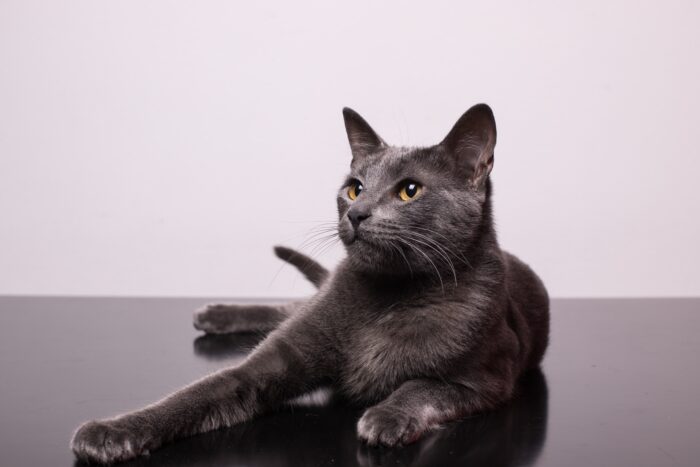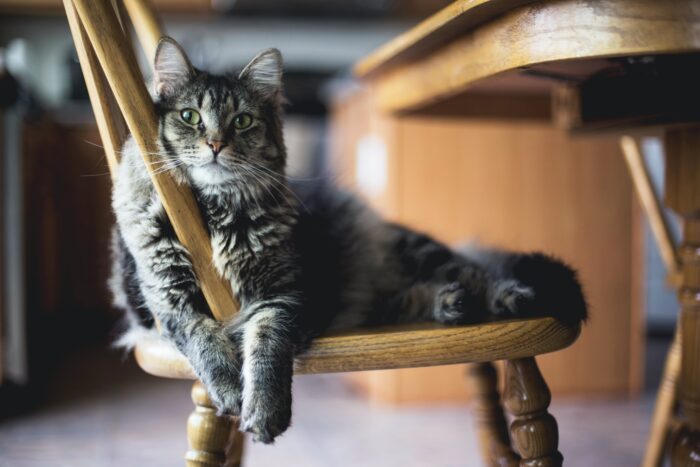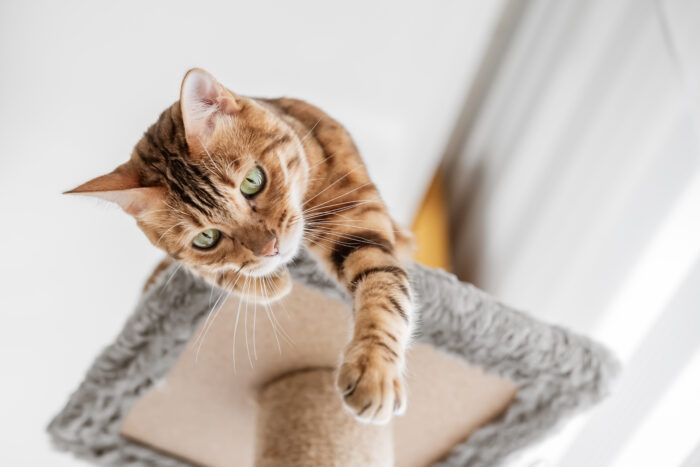Gingivostomatitis in Cats: Causes, Symptoms, and Treatment
Gingivostomatitis is one of the most painful and challenging oral diseases seen in cats. For many pet parents, the first signs are subtle—your cat may chew differently, drool more, or avoid meals altogether. Understanding what this condition is, why it happens, and how it’s treated can help you make confident decisions about your cat’s comfort and long-term health.
What Is Gingivostomatitis?
Feline gingivostomatitis (FCGS) is a severe, chronic inflammatory disease affecting the gums and the tissues lining the mouth . Unlike simple gingivitis, this condition involves an intense immune reaction that causes extreme pain. Cats with FCGS develop oral masses and/or ulcerated lesions that make the even routine activities like eating, grooming, and yawning difficult.
What Causes It?
There is no single known cause of gingivostomatitis. Instead, most veterinarians believe it’s the result of several factors working together.
An Overactive Immune Response
The leading theory is that affected cats have an exaggerated immune response to plaque bacteria. Even a small amount of plaque along the gumline can trigger a dramatic inflammatory reaction.
Viral Links
Some cats with gingivostomatitis test positive for viral infections that may contribute to immune system stress:
- Feline calicivirus
- Feline herpesvirus (FHV-1)
- Feline immunodeficiency virus (FIV)
These viruses don’t cause gingivostomatitis on their own, but they may increase susceptibility or worsen inflammation.
Genetics & Other Contributing Factors
Certain breeds—such as Siamese, Abyssinians, and Maine Coons—appear more prone to immune-mediated oral disease. Other factors that may contribute include:
- Chronic stress
- Poor oral hygiene
- Other underlying illnesses
- Environmental factors (such as multi-cat households)
Common Symptoms of Gingivostomatitis
Many cats hide oral pain, so early signs can be easy to miss. As inflammation progresses, symptoms become more noticeable.

Visible Symptoms
- Bright red, swollen gums
- Ulcers or mass lesions at the back of the mouth
- Bleeding or drooling (sometimes with blood)
- Thick saliva or stringy drool
- Pawing at the mouth
Behavioral Symptoms
- Eating less or becoming picky
- Chewing on one side of the mouth
- Dropping food while eating
- Weight loss despite hunger
- Bad breath (often strong or foul)
- Reduced grooming
- Hiding, irritability, or decreased activity
If your cat cries while eating or avoids dry food, this is often a red flag.
How Vets Diagnose Gingivostomatitis
Because gingivostomatitis is extremely painful, most cats require sedation for a complete oral exam. Your veterinarian may recommend:
- Dental X-rays to evaluate tooth roots and hidden disease
- Blood tests to screen for FIV, FeLV, kidney disease, or systemic inflammation
- A biopsy ito rule out cancer or other oral conditions
A full assessment helps determine the best treatment plan and ensures no other illnesses are contributing to the inflammation.
Treatment Options
Gingivostomatitis is a chronic condition, and most cats require a multi-step, long-term treatment plan. The goal is to reduce inflammation, control pain, and restore quality of life.
Professional Dental Cleaning & Home Care
A dental cleaning under anesthesia removes plaque and tartar—the main triggers for the immune response. Your veterinarian may also recommend:
- Regular oral rinses
- Dental gels
- Plaque-reducing diets
(Not all cats with severe pain will tolerate home care until inflammation improves.)
Extractions (Often Full-Mouth Extractions)
For many cats, removing the teeth (fullor partial mouth extractions) is the most effective treatment. This significantly reduces the bacterial load and helps quiet the immune system.
Success rates:
- About 1/3 of cats improve substantially with tooth extraction and require no further treatment
- About 1/3 of cats improve partially with tooth extraction but require ongoing medical management
- About 1/3 of cats remain painful with no significant improvement in lesions or quality of life even after tooth extraction and consistent medications
In cats that do respond to tooth extraction, improvements are typically seen by 2 months post surgery
Pain Management & Medications
- Pain relievers (short-term and long-term options)
- Anti-inflammatory medications (non-steroidal and steroids)
- Short courses of antibiotics
- Immunosuppressive therapies such as cyclosporine
- Appetite stimulants when needed
Cats with severe flare-ups may need medication adjustments over time.
Stem Cell Therapy
Stem cell therapy is a promising option for cats who:
- Do not fully respond to extractions and medications
- Experience persistent or recurring inflammation
- Cannot tolerate long-term medical management or immune-suppressing drugs
Stem cells—typically derived from healthy, donor feline tissue—help naturally regulate inflammation. Observed improvements include:
- Pain levels
- Appetite
- Overall mouth comfort
- Quality of life
While clinical trials evaluating stem cells for FCGS are still ongoing, early results are encouraging. Your veterinarian can help determine whether your cat may be a good candidate.
Supportive Care at Home
Pet parents play a big role in recovery. Your vet may recommend:
- Switching temporarily to soft food
- Reducing stress at home
- Weight monitoring
- Regular check-ups to track healing
Long-Term Outlook
Many cats live comfortable, happy lives after treatment. Signs your cat is improving include:
- Eating more confidently
- Grooming normally
- Reduced drooling
- More playful or affectionate behavior
Because gingivostomatitis is chronic, ongoing monitoring is essential. With consistent veterinary care, most cats can return to the activities they love.


